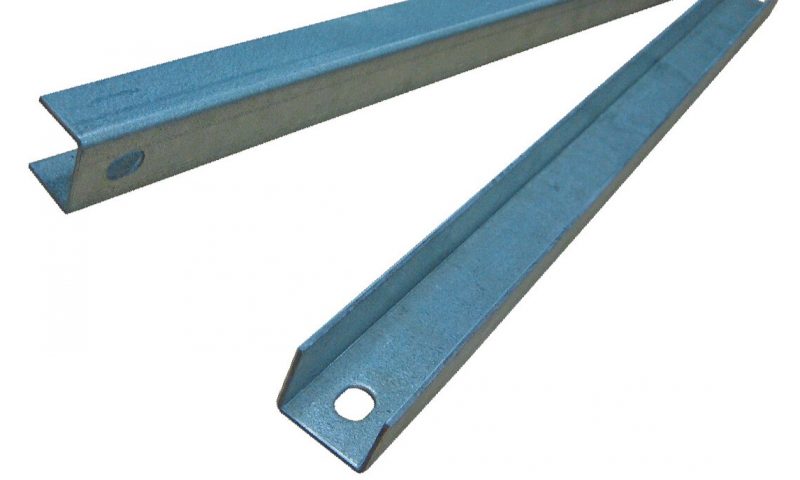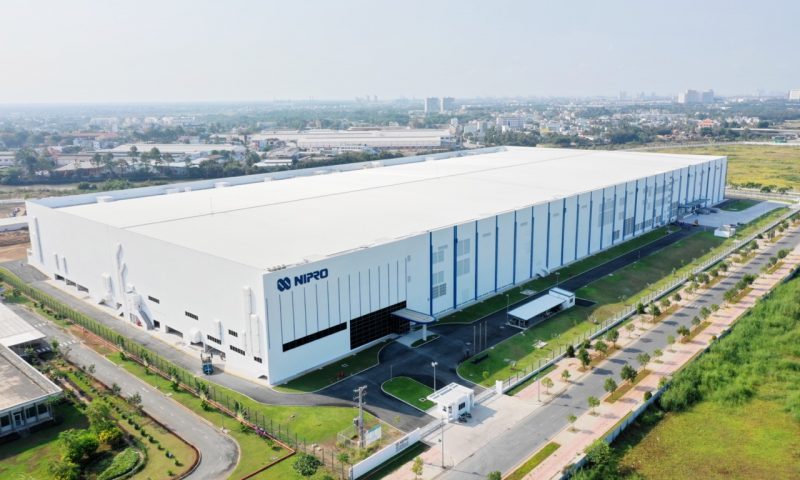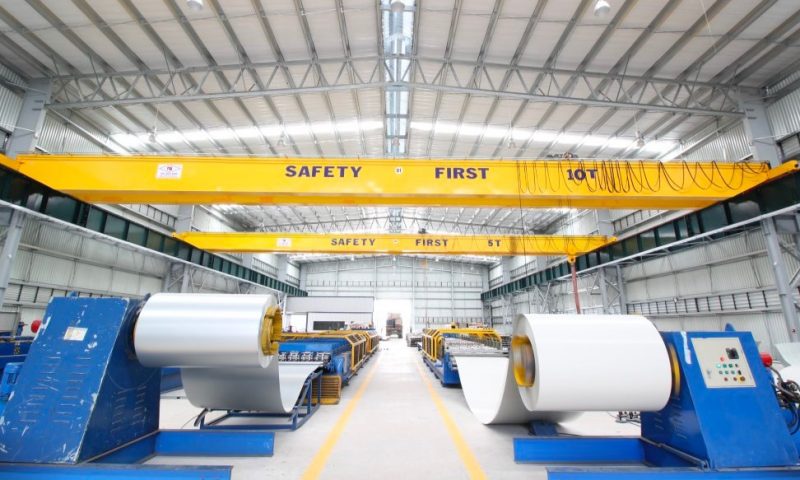In industrial constructions, steel columns play an extremely crucial role. They are designed to withstand and counteract pressure from loads above, while supporting the construction as the main responsibility. Let’s explore various types of steel column structures and general principles of their arrangement in construction with Pebsteel through the following article.
See more: What is Steel Structure? Why should you choose a steel structure?
What are steel column structures?
The steel column is a load-bearing structure applied in the construction of warehouses, factories, and other industrial buildings. It is a structural component designed in the vertical form element of the building frame with high strength and stiffness to ensure the ability to withstand significant loads and maintain the safety of the structure. Steel columns are often diversified in shapes and sizes to match the specific requirements of each construction project.
Steel columns take on the responsibility of receiving loads from other components, such as roofs, beams, floors, and transmitting them down to the foundation. The structure of a steel column consists of three main parts:
• Column head: This component is responsible for supporting the elements above and distributing the load to the cross-section of the column.
• Column shaft: This is the main load-bearing part, receiving and transmitting loads from above down to the column base.
• Column base: This component connects the column to the foundation and distributes the load from the column down to the foundation.
See more: Structural Steel: Types, Properties, And Applications
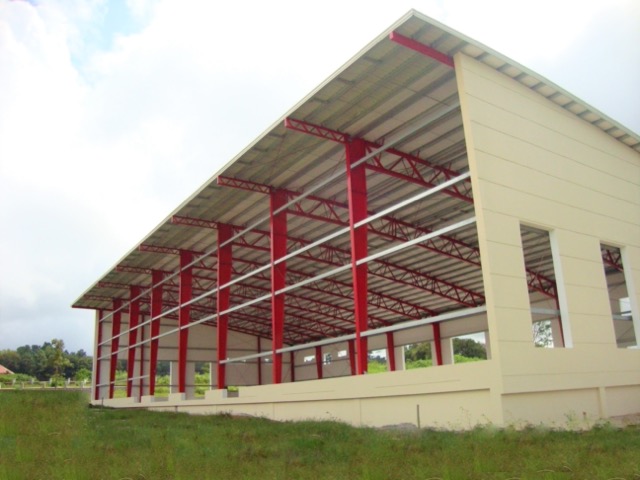
Classification of steel column structures
Steel column structures vary widely in forms, depending on the specific requirements of each construction project. They are divided into two main types: columns with variable cross-sections and columns with constant sections.
Columns with variable cross-sections
Columns with variable cross-sections are designed with diverse dimensions along their length. Typically, this type of column is preferred for cases where the crane systems in the factory have lifting capabilities. The variable section of the column is where the load from the crane system is transmitted into the column through the shoulder.
Using columns with variable cross-sections facilitates a more convenient installation and transportation process. However, during the design and calculation phase, the engineer must ensure the stability of the column and the load-bearing capacity of each different section of the column.
See more: Bearing Structures and the information that you need to know
Columns with constant sections
A column with constant sections has a consistent cross-section along its whole length. The cross-section of the column can be configured as hollow or solid in construction. For a column with constant sections, the load from the crane system is transmitted into the column through the connecting cross-beam. When compared to columns with variable cross-sections, these columns are often easier to design; however, their load-bearing capacity is typically not as robust.
General principles in arranging steel column structures in construction
Adhering to general principles when arranging steel column structures is critical in creating a robust and durable construction. The following are some broad guidelines:
• In the column design process, researching bending moments is necessary to calculate the steel column.
• The column’s shear forces are generally lower than the shear capacity of the concrete. Therefore, correctly aligning the column sections is crucial to ensure structural integrity.
• Torsional resistance is frequently disregarded, leading designers to include the column section that resists torsional forces. The design of the torsional moment section should be executed to ensure optimal compatibility.
• The compression zones of the columns often experience lateral-torsional buckling. Therefore, special attention must be paid to the most critical load combinations. A professional team must perform accurate calculations for the steel reinforcement of these combinations, avoiding deficiencies to ensure robustness while minimizing waste of resources.
• The vertical forces in the building column exhibit negligible variations, but bending moments fluctuate significantly, especially at both ends of the column. The column arrangement needs meticulous calculations for both sections to ensure precise and safe column connections.
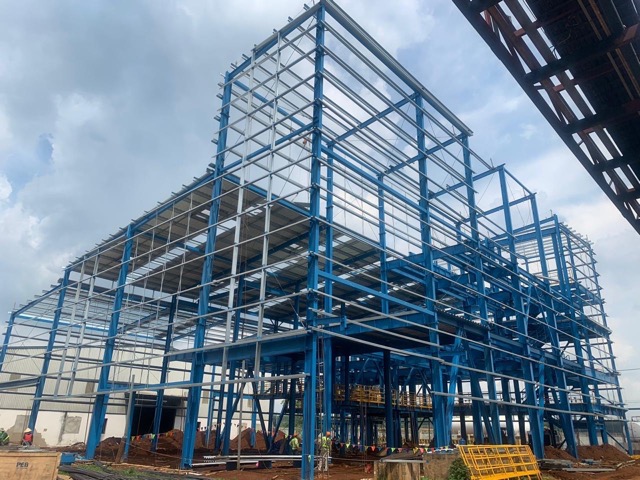
Conclusion
Above is information about various types of steel column structures and general principles in arrangement. Please contact Pebsteel by phone at +84 908 883531 or by email immediately at Marketing@pebsteel.com.vn if customers require comprehensive solutions for pre-engineered steel buildings and steel structures.


